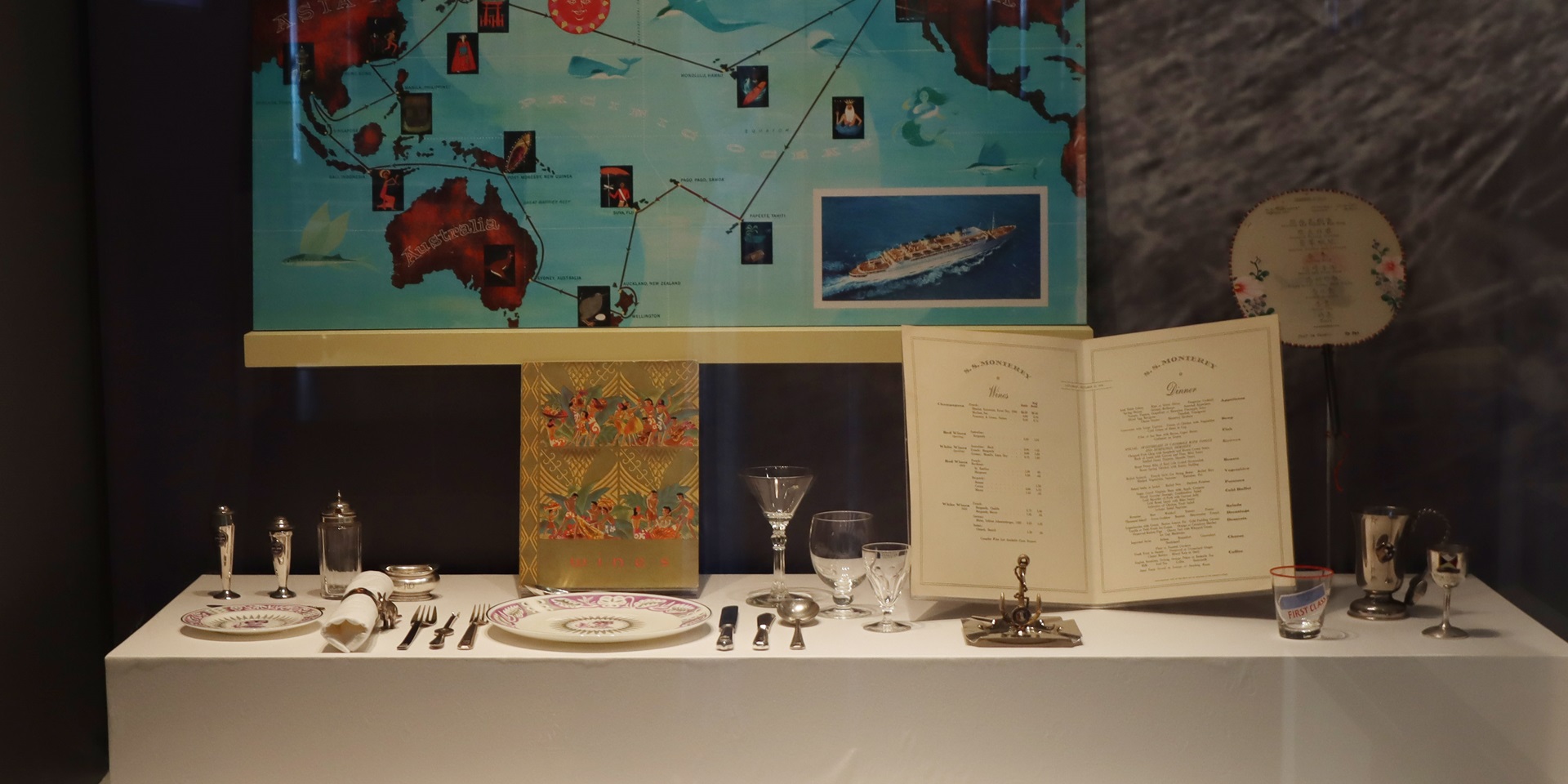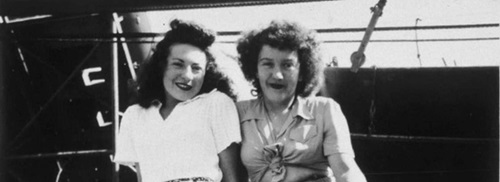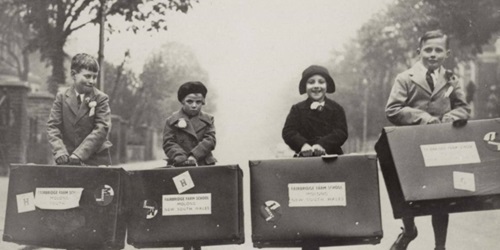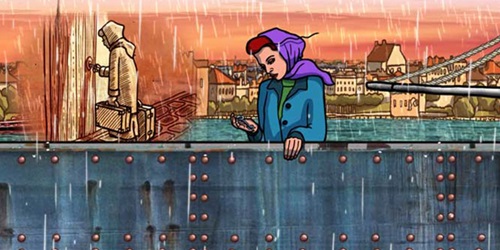For thousands of years, humans had dreamed of crossing vast oceans and arriving safely. Liners promised to fulfill these dreams of taming the seas while travelling in both comfort and style.
Operated by companies such as P&O, White Star, Orient Line and Cunard, these vessels symbolised wealth, luxury and engineering excellence. They were modern marvels, offering transportation on a grand scale.
In the 20th century, liners were central to both assisted and forced migration, while also serving in the darkest times of war.
Legendary maritime disasters like the fates of RMS Lusitania and RMS Titanic could not end this golden age. It was the affordability of air travel that rapidly diminished their popularity by the end of the 1960s.
The Passengers gallery tells the story of these ships and of the people travelling on them. It shows how luxurious – or dangerous – these travels could be, and how central they were to Australia’s migration story.
The exhibition is split into six parts:
- Assisted migration and child migration to Australia
- Forced migration and post-war refugees travelling to Australia
- Pleasure and leisure on board ocean liners
- Ocean liner design and technology
- Ocean liners and their often-tragic fate during wartime
- The legacy of ocean liners and their role in modern pop culture.
It also contains the Orient Line Mural, a legendary glass artwork created for the Orient Line Booking Hall in Sydney, and the builder’s model of the Liner Orcades, on loan from the Australian War Memorial.
Visit Passengers to inspire your own dreams of an ocean voyage!



